Welcome to Part 3 and the final part of the Beginner’s Guide to Essential Oil sharing series. In this final part, we’ll discuss How to Inhale Essential Oils. If you have missed Part 1 and Part 2 of our guide, click on the links below to read them.
Part 1: Beginner’s Guide to Essential Oils
Part 2: How to Use Essential Oils Topically
Inhaling Essential Oils
One of the most common ways of using an essential oil is inhalation through nose or mouth. If it isn’t a topical skin problem, inhalation is the best way to use your essential oil. It is arguably the safest and most efficient way to administer essential oil as the molecules of essential oil constituents are small enough for our lungs to transport it into our blood during inhalation. Examples of health issues that can be remedied with the inhalation of essential oils are insomnia, respiratory issues like a sinus infection, cough or congestion, and emotional health like depression, hyperactivity, anxiety, grief etc. Essential oils, when diffused, will also help to kill airborne microbes and purify the air around us. When diffusing essential oils, remember to always:
- diffuse in a well-ventilated area
- diffuse for 30-60 minute, take a break for 30-60 minutes before diffusing again, in intervals
- make sure pets have the option to leave the room if they don’t like the scent
- follow essential oil safety guidelines for contraindications
Contraindications
Although inhalation is the safest way for essential oil administration, it will still present a risk to some people. These are infants and young children, elderly, or those with kidney or liver disease as they are less able to handle any foreign substances entering their body. For example, peppermint essential oil is not to be diffused around young children less than three years old as the menthol component in the oil can cause breathing problem for them. Prolonged exposure may also lead to nausea, headaches, dizziness or lethargy. Certain essential oils like hyssop and wormwood are best avoided if there’s no supervision and administration from a certified clinical aromatherapist. This is because there may be a risk of neurotoxicity from the inhalation of high concentrations of neurotoxic constituents such as pinocamphone (from hyssop essential oil) or thujone (from wormwood essential oil).
As a rule of thumb, always check when you are not sure. Perhaps you can consult a good book on essential oil or check with your local certified aromatherapist for further details of essential oil that you want to use. With that out of the way, let’s look at some of the most popular ways to inhale essential oils. We will be looking at inhaling essential oils using burners and diffusers in the next few sections.
Burner
Using essential oils with burners are one of the more traditional ways of inhaling essential oils. They were a popular method to inhale essential oils before diffusers were invented. An essential oil burner normally has a bowl where you can place water and a few drops of essential oil in it. To use it, fill the bowl with water up to ⅔ full. Then add in between 3-10 drops of essential oil, depending on the size of the bowl.
The water and the oil are then gently heated by a small tea light candle that is placed under the bowl. You don’t have to add lots of essential oil to start with as you can always top up later if the scent is not strong enough for you. On a side note, do remember not to add too much water as the heated oil can splatter all over the surrounding area of the burner.
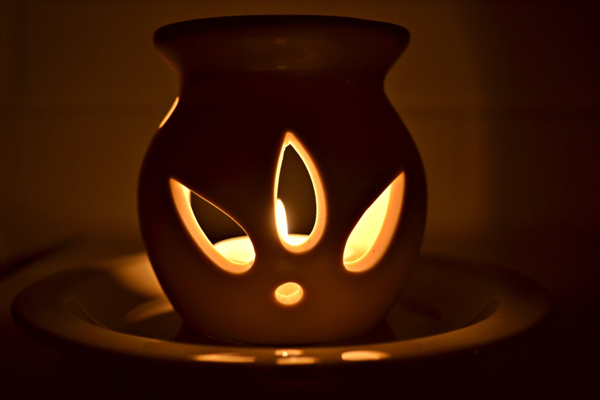
While the burner is easy to find, cheap and very portable, the heat used to diffuse the aroma changes the composition of the oil slightly and evaporates the oil at a very fast rate. As such, essential oils usually don’t last very long on a burner before losing their scent. There’s also fire risk since you are practically using a lit candle to heat out the water and oil. If you need to leave the room, it’s best to put the candle out as a safety precaution. Make sure the water does not completely dry up while the candle is still burning or you’ll risk burning the container. Furthermore essential oils are highly flammable, so utmost care is necessary to ensure it’s not exposed directly to the fire.
Diffuser
Electric essential oil diffusers work by dispersing essential oil particles into the air, either by vibration or atomization. Since electric diffusers don’t require heat to release the scent, the quality of aroma from the essential oils itself is better compared to the traditional burner.
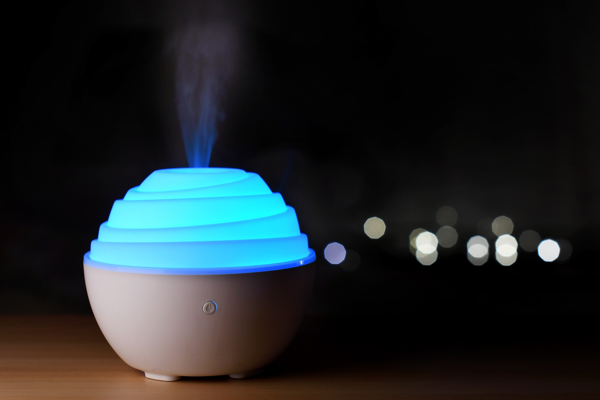
The number of drops for essential oil is usually dependant on the water volume in the diffuser tank. The general rule is 3-5 drops for every 100 ml of water. Again, always start with less oil and add more if needed. To make things easier for everyone, here is a simple guide detailing how many drops of essential oils are needed for each 100ml of water.
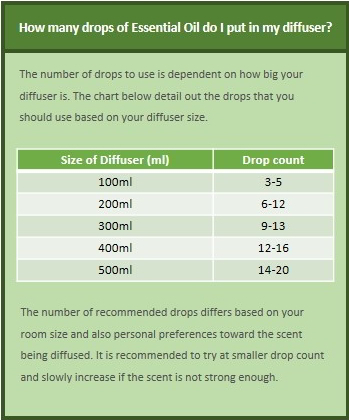
Diffusers are not to be confused with a humidifier. A humidifier is a device designed to keep a set level of moisture in the room area. Most of the time, it is not a good idea to use essential oil in a humidifier, as most humidifiers in today’s market do not support the mixing of pure essential oils into the air. Adding essential oils to the water tank of a humidifier could possibly damage it as well if the plastic components of the unit are not compatible to be used with pure essential oils.
Steam
Steam inhalation of essential oil is very easy to do. This method provides more absorption compared to the other inhalation method due to its close contact. Simply pour some boiled water into a bowl, place your head over the bowl, cover your head with a towel to keep the steam in, put in 1-2 drops of essential oil into the bowl and inhale.
It is not advisable to do steam inhalation of essential oils for longer than 15-20 minutes due to its enclosed proximity. Be sure to keep your eyes closed as some essential oils can cause a burning sensation to your eyes. Another thing to take note is that some of the oil may stick onto your face during steam inhalation. Thus it’s best to avoid phototoxic oil like cold-pressed citrus oil if you plan to go out and exposed to the sun immediately after the steam inhalation process.
EndNote
We’ve reached the end of the Beginner’s Guide to Essential Oil series and we do sincerely hope you learn a few things about Essential Oils after reading this. This is not meant to be an exhaustive write-up of using Essential Oils through inhalation as there are still many other ways like dry evaporation, direct inhalation etc. Do your research online or by reading more essential oil books on how to use Essential Oils safely and effectively. Furthermore, Essential Oil industry is relatively new, there are new research works published every now and then that details new uses and discoveries related to Essential Oils, so it pays to be updated when it comes to Essential Oils.
You could also follow us by subscribing to our newsletters or “like” us on our Facebook page. We do from time to time share relevant contents regarding Essential Oils and when possible, we will also publish new write-ups in our blog space here. Also, feel free to contact us on Facebook if you have any questions regarding Essential Oils. We would love to hear from you. Do share with us as well if you have some interesting topics for us to write about.


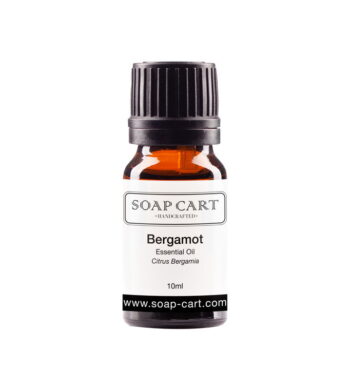
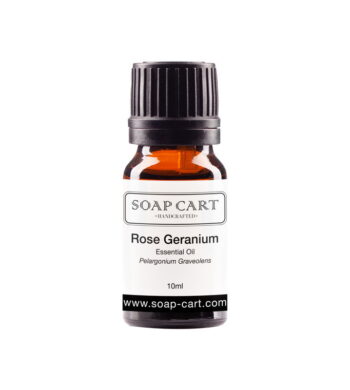
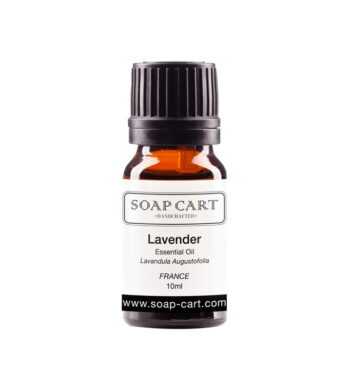
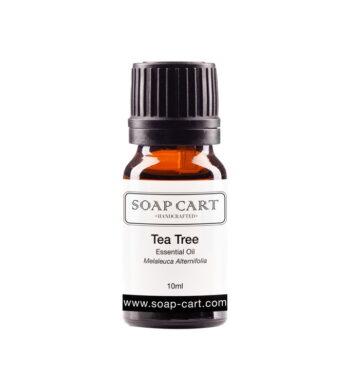
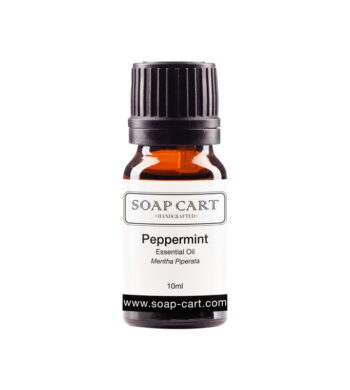
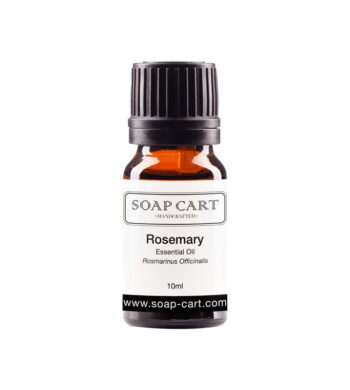
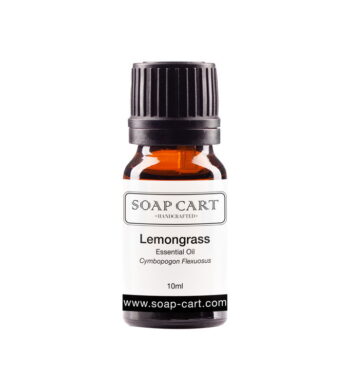
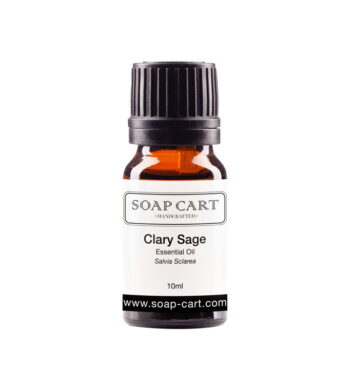
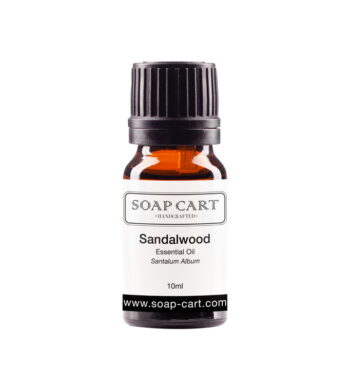
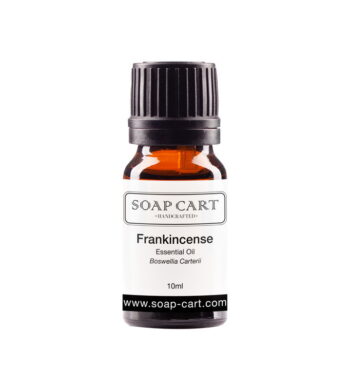
GAYATHRI
Good day,
I would like to ask regarding your product black cumin seed oil wether can it be used for scalp and how long after using do we wash it? Also, can it be used for hair thinning and baldness?Thank you.
Regards,
Gayathri
Soap Cart
Hi there and thank you for your inquiry. Yes, black cumin seed oil is known to stimulate hair growth and improve the appearance of dry or unhealthy skin. The best way to use for this purpose is to massage onto the scalp and cover with a shower cap or towel for at least 30 minutes. Then only shampoo after one hour. Hope this answer your questions.